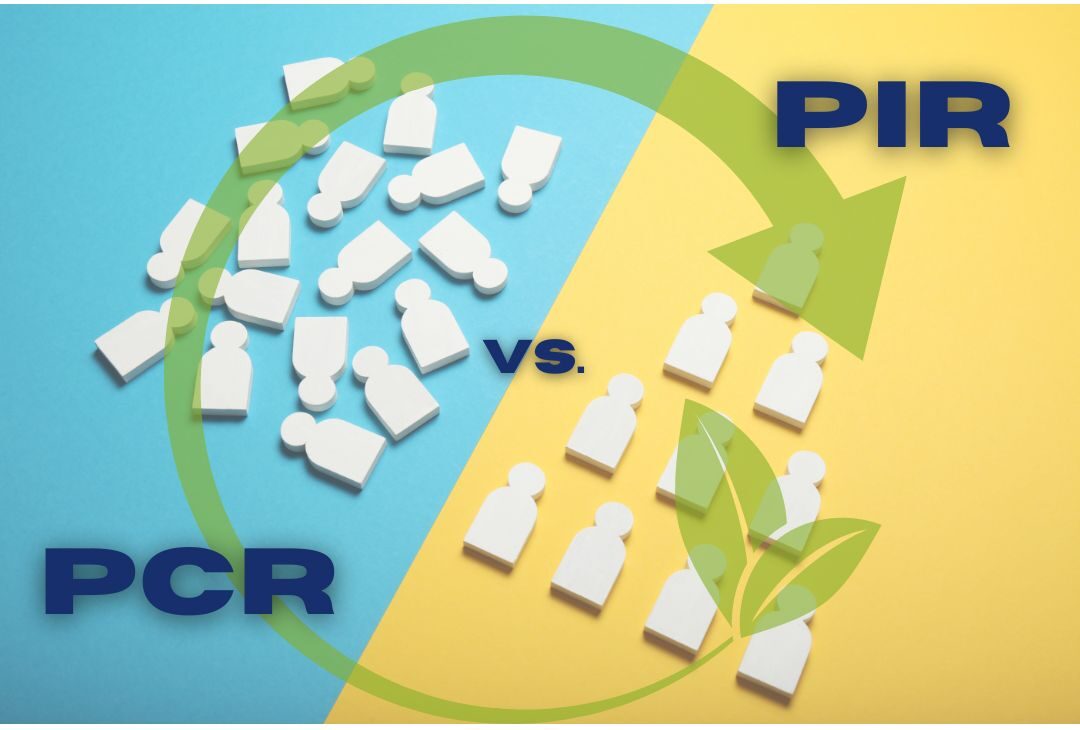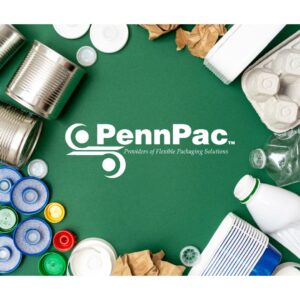
By definition, Post-Industrial Recycling (PIR) and Post-Consumer Recycling (PCR) both relate to the recycling of various waste material. In order to minimize negative environmental impacts, both processes are widely used across the globe to create new products. With today’s demand for resource conservation, environmental sustainability is becoming increasingly important. While both PIR and PCR contribute to the overall goal of waste reduction, both vary in time of which they occur and process. Let’s take a brief glance at the differences between the two.
Enjoy the blog post!
Ease and Efficiency of Post-Industrial Material
Post-Industrial, is often referred to as “pre-consumer”. During the initial generation of manufactured goods, excess material, scrap, and defective material is collected during the process. Such efforts significantly reduce the quantity of material(s) advanced to our landfills.
This recovered material is then sorted and inventoried. Rigid plastics, papers, metals, cardboard, along with many other materials are recycled back into numerous manufacturing activities to create a new generation of products. This includes flexible packaging films!
Since the composition of the material is known in PIR, and the level of contaminants minimal, processing it back into the manufacturing stream is efficient. For clear mono-layer packaging films like BOPP, PE, Nylon, PET, etc., the absence of inks, labels, and adhesives result in premium content which is considered to have high and consistent quality.
Additionally, many popular companies use PIR materials in laptops, phones, and automotive parts, to name a few.
Complexity of Post-Consumer Material
Moving into the world of PCR, we begin with the complexity of processing materials collected from households and industrial facilities. Such general collection points often utilize designated bins for various discarded items. As such, the materials collected can no longer be used for their intended purpose.
In a typical recycle bin, you may find various items like tin cans, plastic or glass bottles, egg cartons, etc. All of which, are made from a wide range of raw materials. The sorting and processing required to get each material back to their respective supply chain for recycle is intense and costly, while impacting the environment. Not to mention, the recyclate includes contamination in forms of oils, foods, and other impurities.
Taking a closer look at an example of flexible packaging films used for a common stand-up pouch, containing a food product. Most pouch material structures are made of different material layers, laminated together with adhesives. Marketing programs often require inks for an eye-catching shelf presence. If the pouch contained and outside layer of Polyester (PET), having a melting point of 482oF, and an inside layer of Polyethylene (PE), melting at 250oF, you can begin to understand the processing challenge. Just to separate these two materials is complex. Not to mention, the further refinement required to remove adhesive and ink contaminates. Although challenging, these efforts still reduce the amount of waste entering our landfills.
Reducing the Impact
In summary, this brief article touches on the basic principles behind PIR and PCR. Of which, both being integral components of our circular waste management program. While one program focuses on reducing waste during manufacturing, and the other addresses waste created by consumers, both have a positive impact on the environment.
Approaching both programs with awareness, investment, and consistency, will result in an infrastructure that will create a more sustainable future by reducing environmental impact.
Sustainability Efforts at PennPac
At PennPac, we continue to do our part in reducing waste. With two flexible packaging film facilities operating on a <2% annual scrap rate, we significantly reduce the amount of material in landfills. Our film waste is compacted into bales and sent for regrinding. Residual pallet stretch plastic, nylon strapping, and cardboard waste is collected and recycled by our processing partners.
Start a Conversation with PennPac!
We look forward to assisting you with your flexible packaging needs. Connect with our team today to learn more about how we can support your next project!
